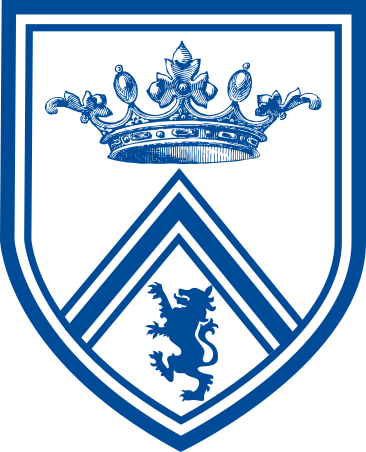ART
Please click on the links below:
What is Art about?
Through teaching Art we aim to encourage each student to develop and explore their creative, critical, imaginative and practical skills through a balanced programme of Art, Craft and Design activities from diverse cultures and times using a range of media and technology whilst understanding the context in which they were made.
What do we teach in art and why?
In KS3 students look closely at the formal elements of: Line & Tone; Colour; Pattern & Texture; Shape, Form and Space, to allow them to learn to think and act as artists, craftspeople and designers. Students then develop the ability to give sustained attention to works of Art, Craft and Design. Examples from Western and Non-Western Art will be used from a variety of times and places. These examples will extend the students’ artistic experience and knowledge, and develop an appreciation of the richness of our diverse Cultural Heritage. Students look at Art as a form of expression, looking at a range of social issues, through abstraction and surrealism.
At KS4 students build on the skills and knowledge learnt in KS3 to create more unique outcomes and developing their skills through the introduction of more sophisticated techniques and equipment.
At KS5 students are encouraged to tackle a range of social issues, producing work that is personal to them, in a wider variety of media. Students are given the opportunity to take part in Life Drawing classes, University portfolio preparation and supported to find a career pathway within the arts.
What does Art enable our students to do?
Art can provide the opportunity for students to express themselves through their art, thus raising their self-esteem. Art can be instrumental in improving the quality of children’s learning - their abilities to think, perceive, make decisions, and to work through problems. It also heightens and improves the children’s personal perception of the world and their reactions and responses to it. Art is a useful tool to aid mindfulness and mental wellbeing.
How is the curriculum structured in Art?
In KS3 students have one hour of Art a week, with homework set fortnightly.
At KS4 students have three hours of Art a week for the two-year course and six hours a week for the one-year course.
KS5 students get 5 hours of Art a week.
Students are also able to take Photography as a GCSE and A-Level option.
What specifications do we follow?
GCSE: ART - CR J170
A-LEVEL: ART - CR H600
What are the links between Art and other subjects?
Art can be linked to a number of subjects. For example, through researching and learning about art throughout history or from different cultures, links can be made with History and Geography. Students learn grid methods and how to measure with accuracy, drawing on Maths skills and analyse the work of artist’s/photographer’s making links to their English skills. Art can also be linked to Citizenship, when we explore how art has been used to raise awareness of social issues. We look at the work of Kandinsky when we study Abstract Art and make links to Music. As a Performing and Visual Arts Specialist School, the Arts work closely together, in particular with school productions.
What are the future careers students can have when they study Art?
The creative industries are thriving in the UK, currently growing at nearly double the rate of the wider UK economy. Worth over £84 billion, the creative industries provide one in seventeen jobs in the UK, accounting for 1.8 million jobs. The creative industries combined added more value to the UK economy than car manufacturing for most of the past decade.
Careers in the creative industries are amongst those least likely to be threatened by the emergence of artificial intelligence.
Typical careers that a qualification in Art & Design can lead to:
Advertising Art Director, Animator, Architect, Architectural Technician, Architectural Technologist, Art Editor, Art Gallery Curator, Art Therapist, Arts Administrator, CAD Technician, Ceramics Designer-maker, Community Arts Worker, Conservator, Costume Designer, Dressmaker, Exhibition Designer, Fashion Designer, Fine Artist, Florist, Footwear Designer, Furniture Designer, Furniture Maker, Glassmaker, Graphic Designer, Hat Designer, Illustrator, Interior Designer, Jewellery Designer-maker, Landscape Architect, Machine Printer, Make-up Artist, Medical Illustrator, Model Maker, Museum Curator, Pattern Cutter, Photographer, Photographic Stylist, Photographic Technician, Product Designer, Prop Maker, Set Designer, Sign writer, Tailor, Tattooist, Textile Designer and Web Designer
What extra-curricular activities can students take part in when they study Art?
Students are offered the opportunity to visit galleries such as the Tate Modern, V&A, British Museum as well as the opportunity to take photographic tours of London.
We also offer Life Drawing classes to KS5 students after school.
Students are able to work in the department outside of lesson time and after school, to use the equipment and to get support with their work.








